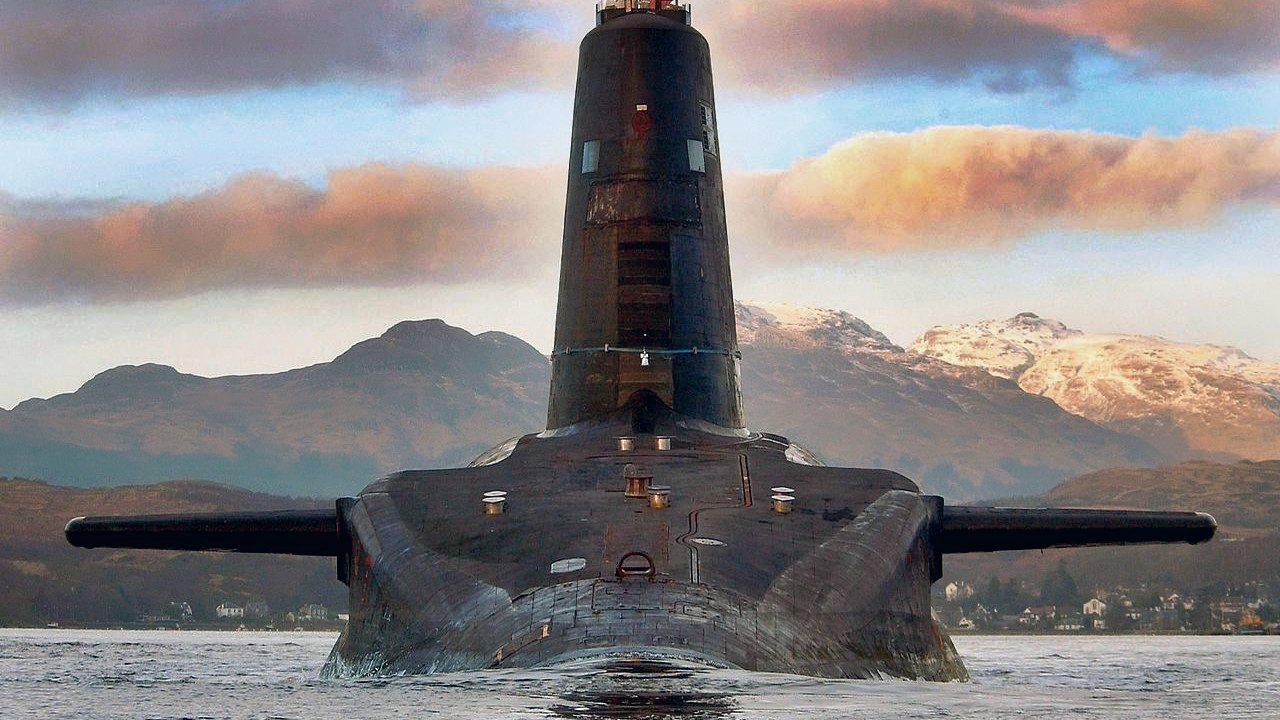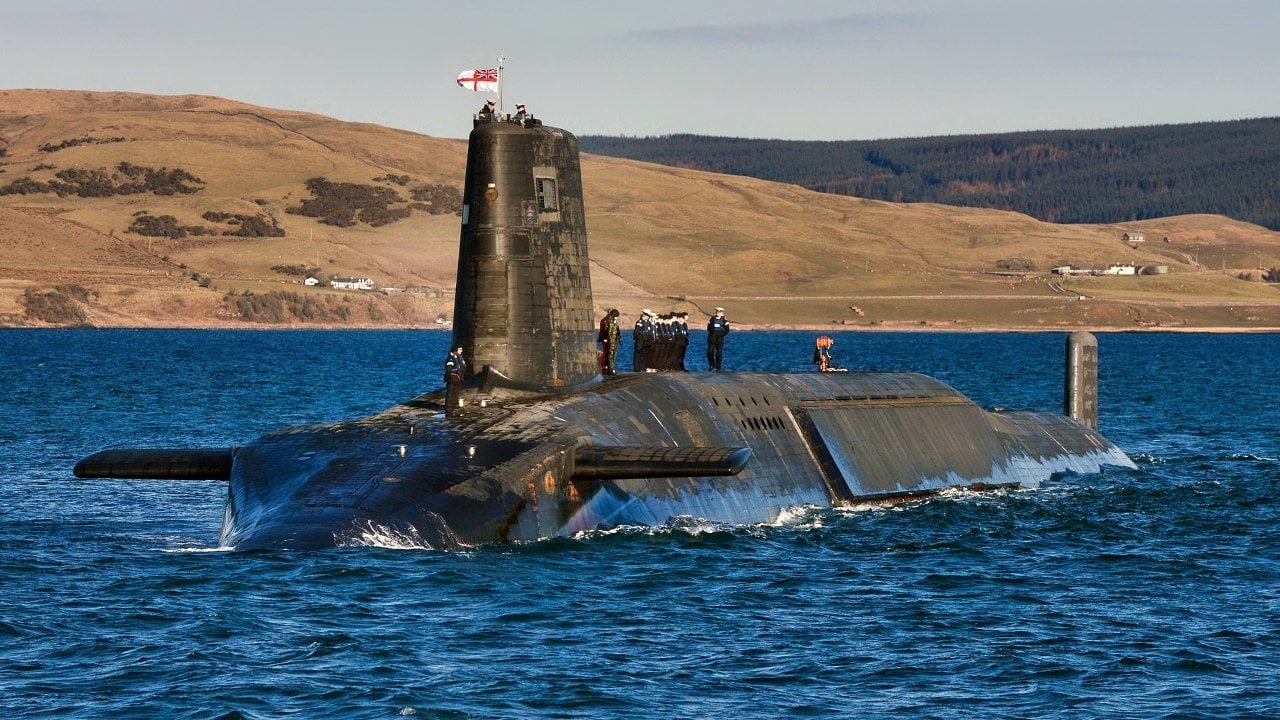Dreadnought-Class: The Royal Navy's Plan for a New Nuclear Missile Submarine
The British government is investing in the Dreadnought-class SSBN submarines to revitalize the Royal Navy and maintain a credible nuclear deterrent.
Summary: The British government is investing in the Dreadnought-class SSBN submarines to revitalize the Royal Navy and maintain a credible nuclear deterrent.
-These submarines, set to enter service in the 2030s, will replace the aging Vanguard-class.
-The program is expected to cost £31 billion and will include advanced technologies like X-rudders, pumpjet propulsors, common missile compartments with the U.S. Navy, and optronic masts.
-Despite their complexity and cost, the Dreadnought-class will enhance the UK’s maritime capabilities and strategic deterrence.
UK’s Dreadnought-Class SSBN: The Future of Royal Navy’s Nuclear Deterrence
The British government is committed to revitalizing the ancient mystique and glory of the Royal Navy. From new aircraft carriers to the topic of this article – the next-generation Dreadnought-class SSBN (Submersible Ship Ballistic Nuclear) – the Royal Navy is working to stay relevant in an age when Britain’s greatness is diminished.
Their experiment with new carriers is likely a boondoggle. But the British government’s investment in new nuclear submarines, in the age of Anti-Access/Area-Denial systems, is a smart move.
Dreadnought-Class - Understanding This Submarine
The Dreadnought-class is the successor to Britain’s Vanguard-class submarines, the backbone of the UK’s maritime nuclear deterrent since the 1990s. As the Vanguard class neared the end of its lifespan, London needed to develop a new spate of submarines to serve as the Royal Navy’s Continuous At-Sea Deterrent.

In 2016, the UK Ministry of Defense officially announced the name of the first submarine in the class as “Dreadnought,” a nod to the historic British Royal Navy warship that revolutionized naval warfare in the 20th century. Obviously, the British Royal Navy hopes its new submarines can do the same.
The Dreadnought-class enters service in the early 2030s, in theory ensuring Britain’s nuclear deterrent remains credible and effective for the foreseeable future.
Since the end of the Second World War, the Royal Navy, like British power as a whole, has become a shadow of its former self. The construction of these new submarines – a once-commonplace undertaking for the British – is now treated like a monumental task.
Some Specifications on Dreadnought SSBNs
The Dreadnought program is slated to cost an estimated 31 billion pounds. Such a financial commitment for cash-strapped London reflects the importance of the vessel for Britain’s national security and the broader global strategic landscape.
The Dreadnought will be equipped with the latest technology, including X-rudders, a first for British submarines. These rudders, when combined with advanced pumpjet propulsors, will enhance the submarines’ maneuverability and stealth.
Additionally, the submarines will feature a common missile compartment with the U.S. Navy’s new missile submarines, ensuring interoperability among allies and standardization of critical components.
Dreadnought-class subs will further incorporate optronic masts, a high-tech replacement for traditional periscopes that will enhance the submarines’ surveillance and reconnaissance capabilities. These masts. already in use on the Royal Navy’s Astute-class subs, are a significant technological advancement in submarine design.

The submarines are slated to take to the high seas at some point in the 2030s. However, given their technological complexity and cost, and knowing how sclerotic Western shipyards are, the prospect of these boats being deployed in any meaningful way or in significant numbers is low.
Still, the construction of this handful of Dreadnought-class subs is enough to take some of the stress off the British surface fleet today.
About the Author
Brandon J. Weichert, a National Interest national security analyst, is a former Congressional staffer and geopolitical analyst who is a contributor at The Washington Times, the Asia Times, and The-Pipeline. He is the author of Winning Space: How America Remains a Superpower, Biohacked: China’s Race to Control Life, and The Shadow War: Iran’s Quest for Supremacy. His next book, A Disaster of Our Own Making: How the West Lost Ukraine, is due October 22 from Encounter Books. Weichert can be followed via Twitter @WeTheBrandon.
All images are Creative Commons.


